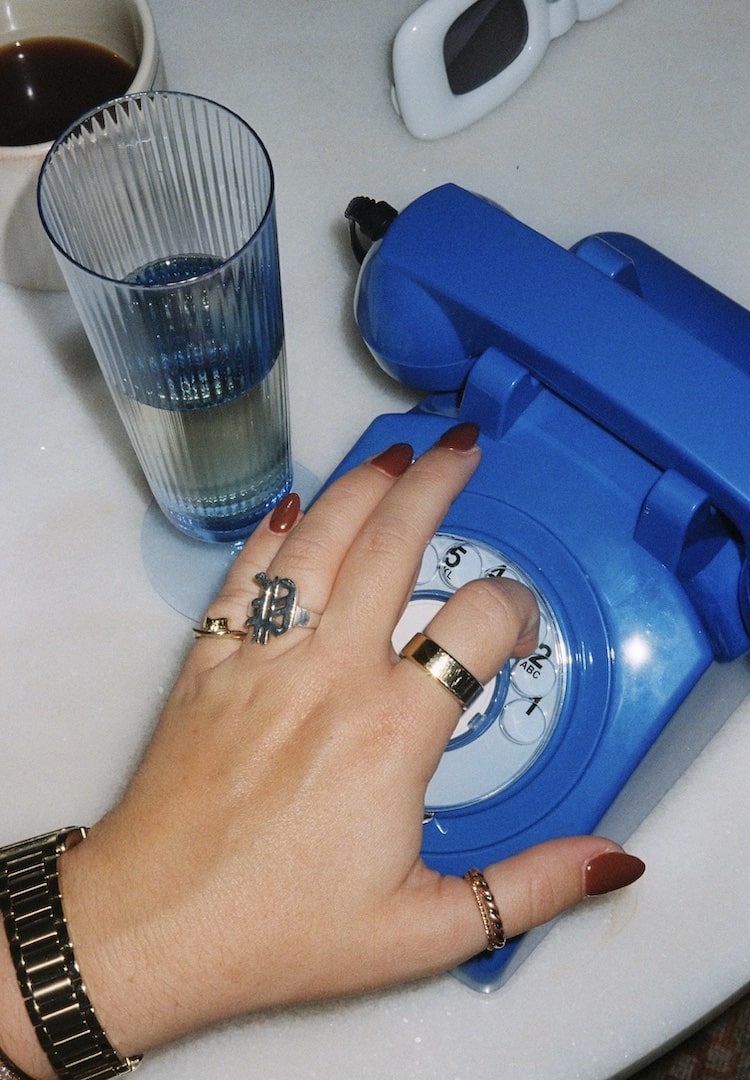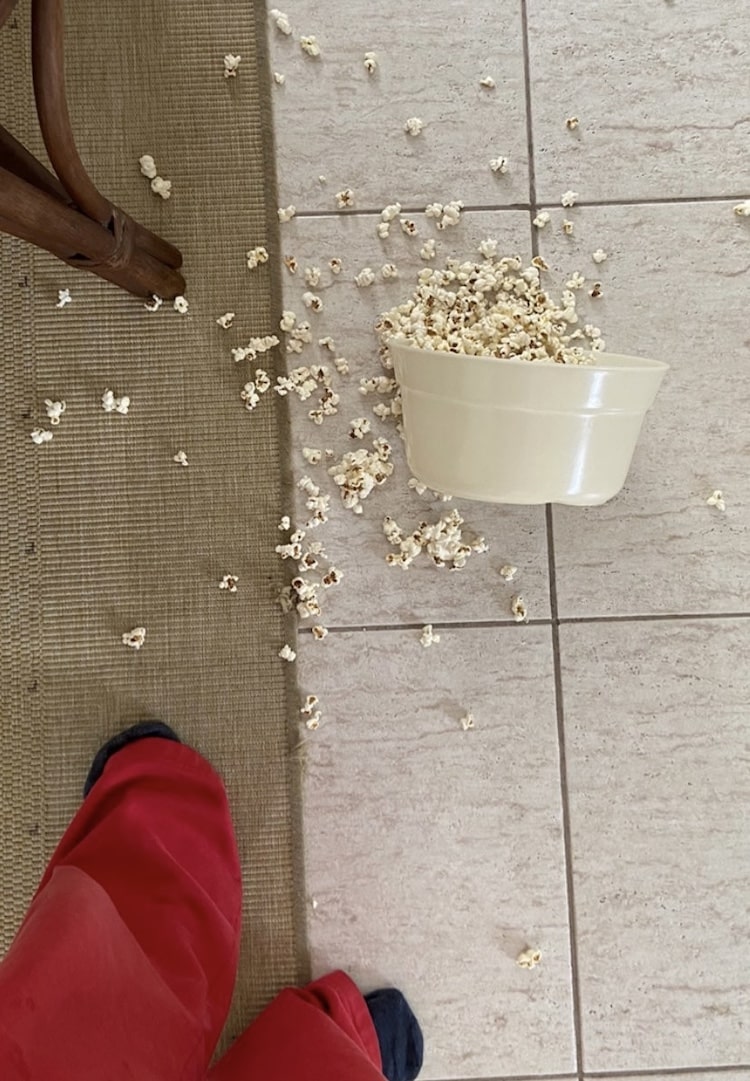Unpacking the relationship between pelvic tension and stress
WORDS BY HANNAH COLE
“Pain is not normal.”
Stress and I go way back. We’ve slept in the same space and even shared the same pillow for most of my adult life. Driven by work anxiety or the chaos of life, I’ve woken up on countless mornings to a sudden and distinct pang in my gut. The thrum of stress beats in my body, dreading emails that may or may not have arrived overnight.
A friend recently drew my attention to the link between stress and the pelvis. When we’re stressed, the pelvis is clenched and firm, tensed as the stress permeates, lingers and festers. On a mission to reduce my anxiety (and tension), I spoke with Winnie Wu, Principal Physiotherapist at Movement Laboratory, about the link between stress and the pelvis.
Tension, what is it good for?
These days, absolutely nothing. As Winnie explains, “Tension in every part of your body is the same thing. It means your muscles [are] contracting subconsciously… because of our response to something.” Part of the natural fight or flight response, it’s basically irrelevant to our modern, city-dwelling lives.
We’re no longer running from wild animals (at least not often) but worries about money, personal health and relationships have taken over. In this mode, you’re “all heightened up, and so your muscles are responding that way as well.”
Even if you haven’t noticed yourself squeezing and holding throughout the day, it’s far more common than you’d think. Winnie explains the first two muscles that turn on during the fear response are the upper traps (shoulder and neck muscles) and the pelvic floor. You’ll usually notice the sore neck, but how is your pelvis holding up?
Overwhelming stimuli in our environment, particularly at work, can lead to a prolonged experience of tension over time. This “heightened tone,” or inability/difficulty to contract and relax, extends all over the body. It might mean a tighter stomach and tighter glutes. “They are tighter in everything,” says Winnie. Of course, the precious pelvic area is not exempt.
Most of us won’t know there’s a problem until we experience serious pain or pregnancy, but there are many symptoms that can be attributed to this tautness. Menstruation pain, dyspareunia (pain before, during or after sex) and inner thigh pain are common culprits. Although an advanced symptom, sufferers in their twenties who haven’t been pregnant may also face pelvic floor dysfunction and urinary leaks.
Significant abdominal pain is a telltale sign, particularly in the second half of the day. “When you’re sleeping, you wake up and everything is pretty happy,” Winnie explains. As we sit throughout the day – usually keeping physical activity to a minimum and staring at a screen – the anxiety starts to rise. “You start to cross your legs a little bit more. You start to clench a little bit more, and all those manifest as tension at the end of the day.”
Release, relax (end enjoy)
Evidently, there’s cause for treatment, found either by working with an expert women’s health physio or proactively at home. In the Movement Laboratory clinic, Winnie offers pelvic floor training, designed to enable correct contraction, relaxation of the muscles and manual therapy (for internal release, “like a hamstring stretch”).
“Most of the time, it’s not just a physical thing,” she points out. We need to address the mental aspect as well. Looking at the psychology and various stress factors, she recommends breathing and distraction exercises to down-regulate the nervous system and calm the body.
Winnie explains it’s important to be mindful of what your pelvis is doing as you sit or stand. Are you holding tension? Is your bum clenching? “Are your sit bones closing the gate towards each other, or are they wide and open?” With practice, the body starts to learn.
When working, Winnie suggests sitting on an exercise ball. “It helps you to keep moving, which is always good for your back and your pelvis.” Try tilting your pelvis back and forth or rolling in circles to get the benefits. At the end of the day, take a few moments or multiple minutes to practice yoga, engage in breathing exercises or stretch your glutes. Calm the nervous system and prepare yourself for sleep and relaxation.
“Pain is not normal,” Winnie reiterates. If you feel this ache or discomfort, if you have trouble urinating or maintaining a smooth flow, it’s a call to seek help. The education curriculum is lacking, so let’s make a pact to talk about our pelvis more!
Draw attention to it, check in it with it from time to time and take cues. As Winnie says, “It only takes one person to share… once someone is able to open up and be vulnerable, the rest will follow”.
For more on the link between your pelvic floor and stress, head here.










